Introduction

Milk powder, also known as dried milk or powdered milk, is a staple food for infants and an excellent source of nutrition for people of all ages. It is convenient, easy to store, and has a long shelf life. However, ensuring that the milk powder you purchase is fresh and of high quality is crucial for maintaining its nutritional value and safety. In this comprehensive guide, we will explore various methods and techniques to identify fresh milk powder, from understanding the manufacturing process to examining packaging details and conducting sensory evaluations. By the end of this article, you will be equipped with the knowledge and skills necessary to make informed decisions when purchasing milk powder.
Understanding the Manufacturing Process
The first step in identifying fresh milk powder is understanding how it is made. The manufacturing process begins with the collection of raw milk from dairy farms. The quality of the raw milk is crucial and depends on the health and diet of the cows, as well as the cleanliness of the milking process.
After collection, the raw milk undergoes various processing steps, including pasteurization, homogenization, and drying. Pasteurization involves heating the milk to a specific temperature to kill harmful bacteria and extend its shelf life. Homogenization breaks down the fat globules in the milk, making it smoother and more consistent in texture. Finally, the milk is dried using either spray drying or roller drying methods to remove the water content and create a powdered form.
The drying process is particularly important for preserving the freshness and nutritional quality of the milk powder. Spray drying involves atomizing the milk into a fine mist and then drying it with hot air. Roller drying, on the other hand, involves spreading the milk onto heated rollers and scraping it off to form a thin layer that dries quickly. Both methods have their advantages and disadvantages, but the key is to ensure that the drying process is carried out under controlled conditions to minimize the loss of nutrients and maintain the freshness of the product.
Examining the Packaging
Once you have a basic understanding of the manufacturing process, the next step is to examine the packaging of the milk powder. The packaging plays a vital role in protecting the product from moisture, oxygen, and other contaminants that can degrade its quality over time.
- Check the Expiry Date
One of the most important pieces of information on the packaging is the expiry date. This indicates the last date on which the manufacturer guarantees the product’s freshness and safety. Always check the expiry date before purchasing and ensure that you have enough time to use the product before it expires.
- Inspect the Sealing
The sealing of the packaging is also crucial for maintaining the freshness of the milk powder. Look for any signs of tampering or damage to the seal, such as tears, punctures, or uneven edges. A properly sealed package will prevent moisture and air from entering and keep the product fresh for longer.
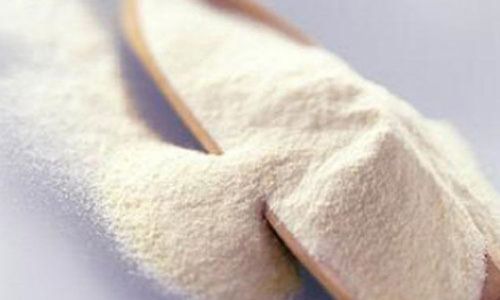
- Read the Label
The label on the packaging provides valuable information about the product’s ingredients, nutritional content, and manufacturing process. Look for milk powder that is made from 100% whole milk or skimmed milk and does not contain any added sugars, preservatives, or artificial flavors. Additionally, check for any certifications or standards that indicate the product’s quality and safety, such as ISO, HACCP, or GMP.
- Consider the Packaging Material
The material used for the packaging can also affect the freshness of the milk powder. Metal cans and foil pouches are often used because they provide an excellent barrier against moisture, oxygen, and light. However, plastic containers can also be effective if they are made from high-quality materials and have a tight-fitting lid. Avoid purchasing milk powder in packaging that is damaged, cracked, or has been opened previously.
Conducting Sensory Evaluations
In addition to examining the packaging, conducting sensory evaluations is another effective way to identify fresh milk powder. Sensory evaluations involve using your senses of sight, smell, taste, and touch to assess the quality of the product.
- Appearance
The appearance of the milk powder can give you clues about its freshness. Fresh milk powder should have a uniform color and texture, with no visible clumps or discoloration. If the powder looks dark, yellowed, or has a grainy texture, it may be a sign that it has been exposed to moisture or oxygen for too long.
- Smell
The smell of the milk powder can also provide information about its freshness. Fresh milk powder should have a mild, creamy scent. If it smells sour, musty, or has an off-putting odor, it may be a sign that it has spoiled or is past its expiry date.
- Taste
Tasting a small amount of the milk powder can also help you assess its freshness. Fresh milk powder should have a sweet, creamy taste. If it tastes bitter, sour, or has an unpleasant aftertaste, it may be a sign that it has degraded or is not suitable for consumption.
- Touch
Finally, touching the milk powder can give you a sense of its texture and moisture content. Fresh milk powder should feel dry and powdery to the touch. If it feels damp, sticky, or has a clumpy texture, it may be a sign that it has absorbed moisture and is not as fresh as it should be.
Checking the Storage Conditions
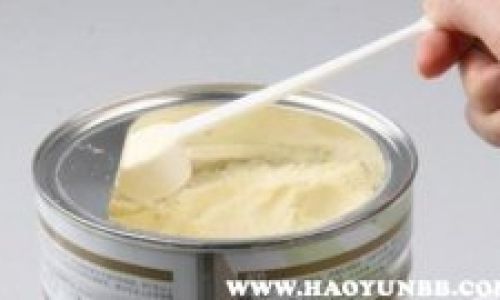
The storage conditions of the milk powder can also affect its freshness and quality. Always check the storage instructions on the packaging and ensure that you are storing the product correctly.
- Temperature
Milk powder should be stored in a cool, dry place away from direct sunlight and heat sources. High temperatures can accelerate the degradation of nutrients and shorten the shelf life of the product. Ideally, store milk powder at room temperature or below, and avoid exposing it to extreme fluctuations in temperature.
- Humidity
Humidity is another important factor to consider when storing milk powder. Moisture can cause the powder to clump and degrade over time. To prevent this, store the milk powder in an airtight container and keep it away from areas with high humidity, such as bathrooms or kitchens.
- Light
Light can also degrade the quality of milk powder over time. To protect the product from light exposure, store it in a dark place or use opaque packaging materials.
- Pests
Pests, such as insects and rodents, can contaminate milk powder and pose a health risk. To prevent this, store the product in a pest-free environment and use pest control measures, such as traps or repellents, if necessary.
Considering the Country of Origin
The country of origin of the milk powder can also provide insights into its freshness and quality. Different countries have different regulations and standards for dairy production and processing.
- Regulatory Standards
Some countries have stricter regulatory standards for dairy products than others. Research the regulatory framework of the country of origin to ensure that the milk powder you are purchasing meets high-quality and safety standards.
- Climate and Geography
The climate and geography of the country of origin can also affect the quality of the milk powder. Dairy farms in regions with temperate climates and abundant grasslands tend to produce higher-quality milk. Additionally, countries with advanced dairy processing technology and infrastructure are more likely to produce fresh, high-quality milk powder.
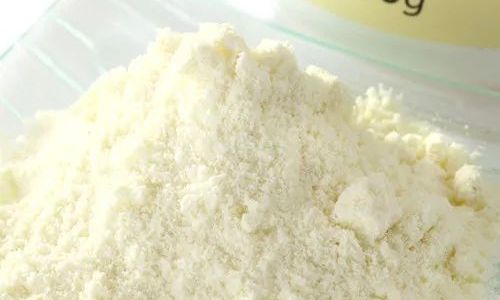
- Trade Agreements
Trade agreements between countries can also affect the availability and pricing of milk powder. Check for any trade agreements or tariffs that may impact the importation of milk powder from specific countries and consider their potential impact on the product’s freshness and quality.
Conclusion
Identifying fresh milk powder involves a combination of understanding the manufacturing process, examining the packaging, conducting sensory evaluations, checking the storage conditions, and considering the country of origin. By following these steps, you can ensure that you are purchasing a high-quality, nutritious, and safe product that meets your needs and preferences.
Remember, freshness is not just about the expiry date. It is also about the overall quality and nutritional value of the milk powder. By taking the time to carefully evaluate each of these factors, you can make informed decisions and choose the best milk powder for you and your family.
In addition to these steps, always trust your instincts and be cautious when purchasing milk powder from unknown sources or at a significantly discounted price. If something seems too good to be true, it probably is. By prioritizing quality and safety, you can enjoy the benefits of fresh milk powder and support the health and well-being of your loved ones.
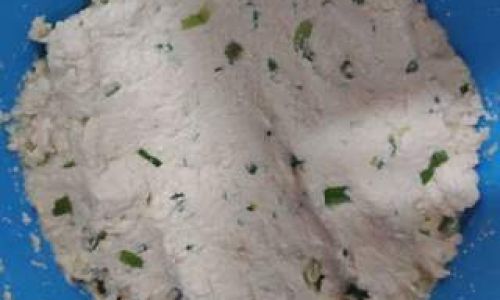




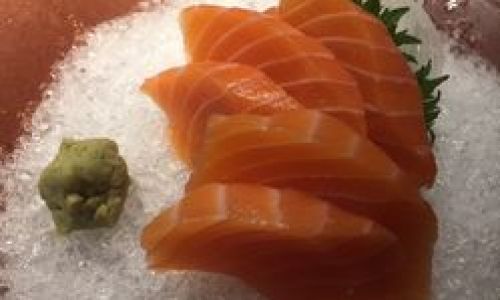
0 comments